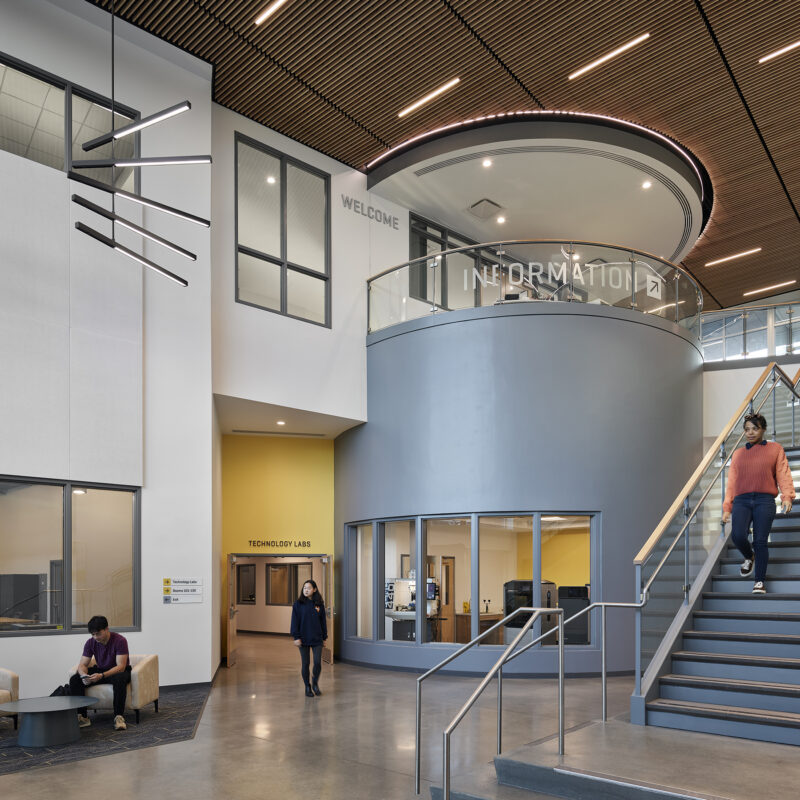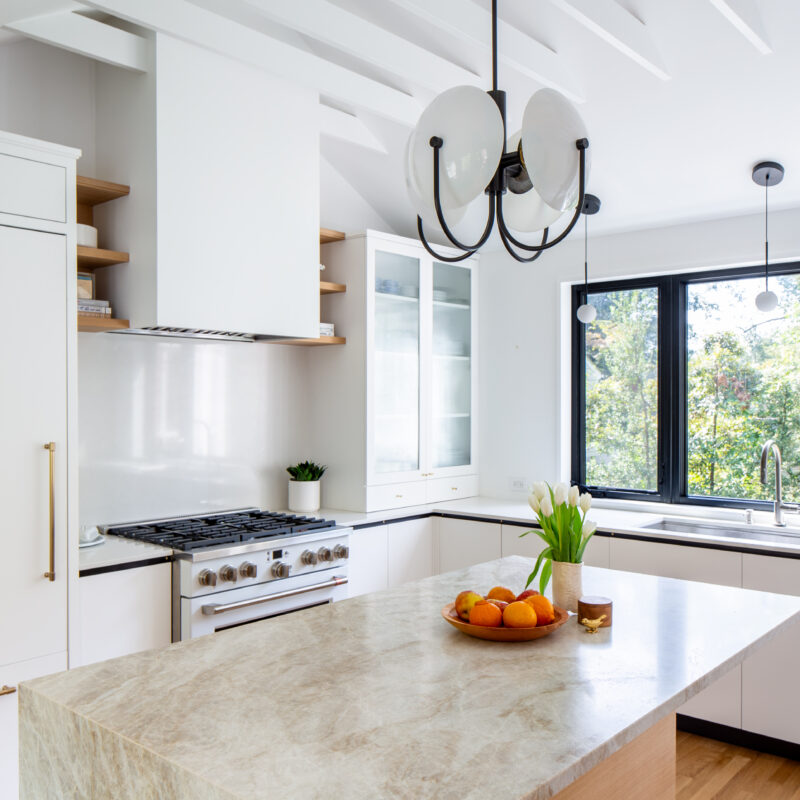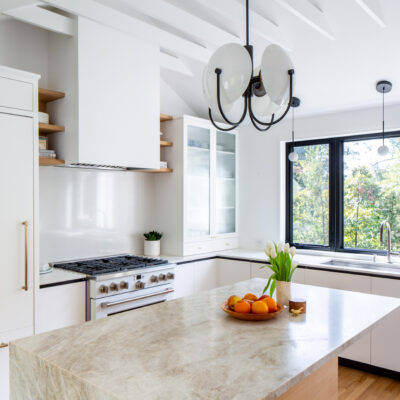Ask ChatGPT to design you a dream room—bed, bath, utility, rumpus, you name it—and the popular bot will likely have a few questions. What are the dimensions? What style are you looking for? What are some main features and must-have details?
Answer those questions, and the moment of truth arrives.
“Do you want me to start with a floor plan sketch or jump right into a 3D-style perspective view?” the chatbot will likely want to know.
Seems like a no-brainer. Both, of course. But ask yourself: Should you even be using an AI chatbot like your own personal draftsman?
Local architects mostly agree that bots powered by artificial intelligence are great at creating lovely images that closely reflect the user’s imagination, given enough iterations. But the designers defend themselves when it comes to creating proper 3D renderings of spaces that are functional from an engineering and building perspective.
“Perhaps the greatest skill of the architect is to think in three dimensions and then get it out of their head in two dimensions on paper,” said Thomas Bates, director of visualization at VMDO Architects. “AI tools can’t think, conceptually, in three dimensions.”
That doesn’t mean chatbots aren’t good at other things of value to architects and their clients, Bates admits. AI is a go-to when he and his team need to put people into an illustration, for example, or when a summery scene might serve the client better as a wintery one.
Katherine Snider Tabony, of Oak Five Architecture, agrees. AI chatbots can create interior design shots that give clients a rough feel for a space in a fraction of the time a designer can. They can quickly throw together floorplans. They can rapidly run through sketch revisions. ”I think that is kind of the immediate takeaway right now: This is likely to be a real boon in terms of efficiency,” Tabony says.
The drawback, for Tabony, is that chatbots mine the internet for existing ideas, rather than offering novel solutions. For now at least, it’s when they attempt something novel in an architectural context that they make critical mistakes.
“I see my role as being the curator for these different things,” Tabony says. She hopes that that means AI won’t replace architects anytime soon, but “it may happen someday.”
Stephanie Williams of Williams Architects points out that architectural modeling software is already adept at projecting designs in three dimensions, and many available products are using their own version of AI tools. “I have used AI to help me gain a baseline to certain code questions quickly,” she says. “I have found that quite useful.”
So, what happens when you ask that chatbot to give you both the floorplan and 3D rendering it promised? The floorplan is effective enough: a 2D drawing of where everything should go, and even with measurements if you ask for them. But the 3D version is less inspiring: just a pretty picture of a stock room reflecting some of your specifications.
“I have heard some people … talk about the intangible soul that is in all artistic creations—whatever that feeling is in a piece of jazz music or a painting by a great master that brings about a reaction in you,” Bates says. “That’s something that feels lacking in AI-generated creative content, and I think of architecture as a creative profession. I like to think that AI will struggle to figure that out. But it is getting pretty good pretty fast, so it can be scary.”






